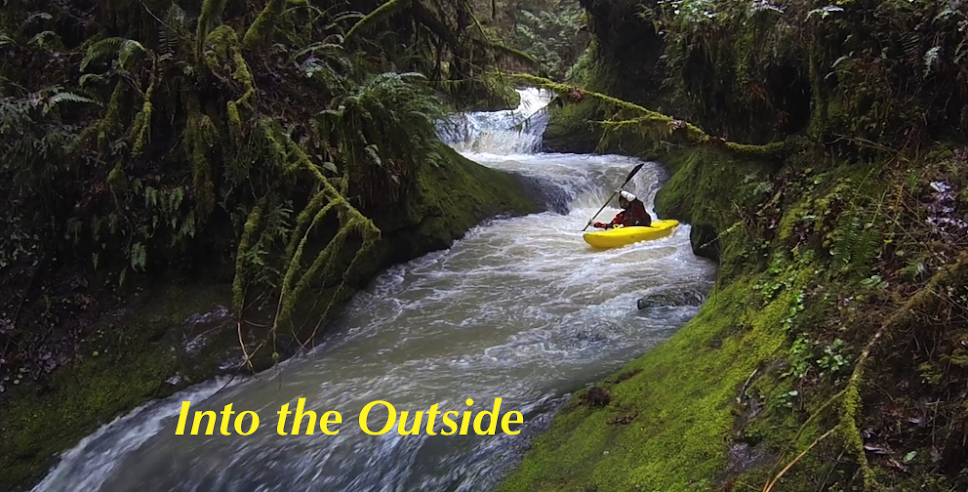Stream: Ben had found this creek some how or another a few years ago while driving around, then saw it had this mention in the back of Soggy Sneakers. We had made a couple goes at it over the next couple years, but whether it was snow or logs across the road we had not made it to the put in.
We were finally able to get on the creek near the end of 2019, and found the Soggy Sneaker description to be perfectly adequate.
Photo: Priscilla Macy
It had been a dismal Falls as far as water levels go, so we went for it even knowing it would be very low. The one class V rapid (or it would be with decent flow) was steep and bouldery, lasting a couple hundred yards. Each segment of the rapid could be broken down into individual drops at the flow we had. Most segments we ran, a couple we portaged.
Photo: Priscilla Macy
Below the confluence with Bulldog Creek, the creek matured a bit and the rapids were a little more quality. Most of the run was bouldery read and run, with the occasional tease of bedrock.
Photo: Priscilla Macy
We had a handful of quick portages, all at water level. In fact everything could be handled at river level.
In this instance, I was able to hold up a log while the other two went under.
That's about all you need to know if you want to check out the creek, you might consider paddling down Steamboat Creek a ways to add some more rapids and floating if you head that way.
Photo: Priscilla Macy
Flows: Iv'e had two visuals on Big Bend Creek. The first time the Steamboat Creek gauge was at 3500 cfs, this looked like a medium flow. We were not able to do the run due to logs blocking the road that day. When we actually ran the creek on Dec 14, 2019 flows dropped below 1,000 cfs on the Steamboat gauge. These flows equated to scouting the creek with our kayaks, we were able to paddle the whole way, but it was too low for interesting hydraulics to form.
Access: Take Highway 138 East from Roseburg, in a little under 40 miles turn left onto Steamboat Creek road. Follow Steamboat Creek road 11 miles until it crossed over Big Bend Creek. You can take out here, or at the next bridge downstream on Steamboat Creek, which is what we did.
After crossing Big Bend take the first immediate right turn, in 2.7 miles is a very old road dropping off to the right that could easily be missed. We drove half a mile down this road, cutting logs as we went. Eventually we decided it was faster and easier just to drag our kayaks down the hill. It only took 5-10 minutes to get close enough to the creek to schwack down into it.


























